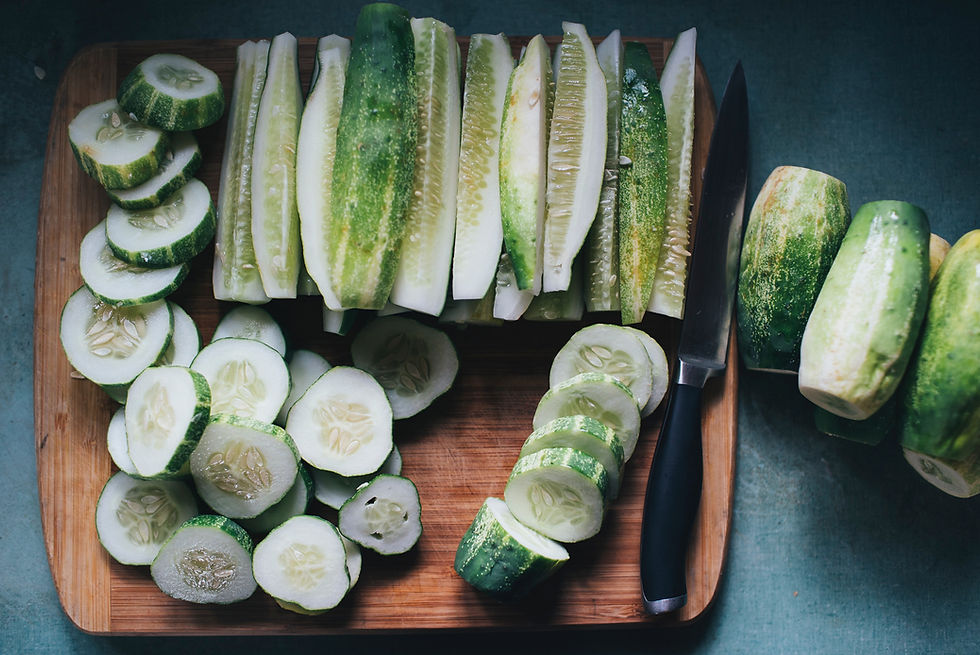
A brief history of freeze-dried food
Freeze-dried food became a major component of astronauts' and military rations in the 1960's. Freeze drying began to be viewed as a multi-purpose tool for both pharmaceuticals and food processing in the 1950s–1960s. The Inca's were applying a version of freeze-dried food to potatoes in the 13th century. Modern freeze-drying began in the 1890's. Today, freeze-dried food can last up to 25 years making them an ideal choice for insurance against emergencies.
Human beings are fortunate that nature provides so much food, but food (of all types) has one very inconvenient quality. It spoils quickly. Modern fried-dried food processes dehydrate the food, thus preventing rotting.
Food that grows from the ground or on trees begins to slowly rot as soon as it’s harvested. And of course, meat goes bad quickly too, particularly in warmer climates. Thus, for millennia, humankind has devised various ingenious ways of preserving food.
Food preservation methods
Drying is no doubt one of the very oldest methods of keeping food edible, possibly the very oldest. The ancient Romans dried their fruit. Evidence indicates that cultures in the Far and Middle East were drying foods in the sun (or by fire) as early as 12,000 B.C.
Salting is another ancient method, used thousands of years ago and throughout the centuries. It was mainly used to preserve meat. Salting is actually another form of drying. It drains meat of the moisture microorganisms need to survive.
Fermentation involves adding a “preservative agent” to a food, such as alcohol, vinegar, good bacteria, or sugar. These agents kill microorganisms and sometimes creates an entirely different form of the original food. For example, these methods turn cucumbers into pickles and grape juice into wine! Fermentation too dates back thousands of years to 7000-6600 BCE in Neolithic China.
Freezing and boiling are also venerable, well-known means of preserving food that go back many centuries. Some ancient cultures even built ice houses that could keep foods frozen for more than a year.
Canning is a relatively recent method, invented in France by Nicholas Appert in the 1790s. Canned food is heated to destroy microorganisms and then vacuum sealed to prevent other microorganisms from entering. Canning offers the additional benefit of versatility. Many types of foods cannot be dried, salted, fermented, boiled, or frozen, but can be effectively canned for preservation.
Though food irradiation is widely perceived as a very recent practice, it dates back to the 20th century. Exposing foods to ionizing radiation kills bacteria and sterilizes the food. But this technique is controversial because critics assert that it also has unknown, potentially detrimental effects on food chemistry.
Microbial product-based inhibition is a relatively recent innovation. It employs bacteriocins, which are substances produced by bacteria themselves that actually destroy or inhibit other bacteria. This is not, as yet, a well-developed technology. It is sometimes used when canning low-acid foods to prevent the germination of botulism spores.
What’s Most Practical for Organizations Today?
Organizations have their own day-to-day operations to attend to, which generally would not involve pickling or canning or preparing their own emergency foods. Purchasing freeze-dried food as insurance from unexpected emergencies would probably serve them best.
There are potential hazards with most of the food-preserving methods described above. Over time, salted and smoked foods are not particularly healthy, and they also take up a great deal of space. Establishing a long-term freezer for foods is an expensive proposition. Glass jars are another option that can maintain food stability but glass is not rugged.
For the foreseeable future freeze-dried food or dehydrated foods will remain the most versatile, sturdy and dependable means of food preservation available in our modern food ecosystem. Dehydration and freeze-drying prevent microbial incursion and is particularly well-suited to nutritious foods such as vegetables and pasta. Moreover, dehydrated foods are densely packed. They take up relatively little space, only requiring added water when opened. (If access to water is an anticipated future challenge, then canned food may be the next best choice.)
Businesses must consider space, storage, and cost options as they plan for potential emergencies impacting their critical teams. For now, dehydrated freeze-dried food are the most practical emergency food option available.



Comments